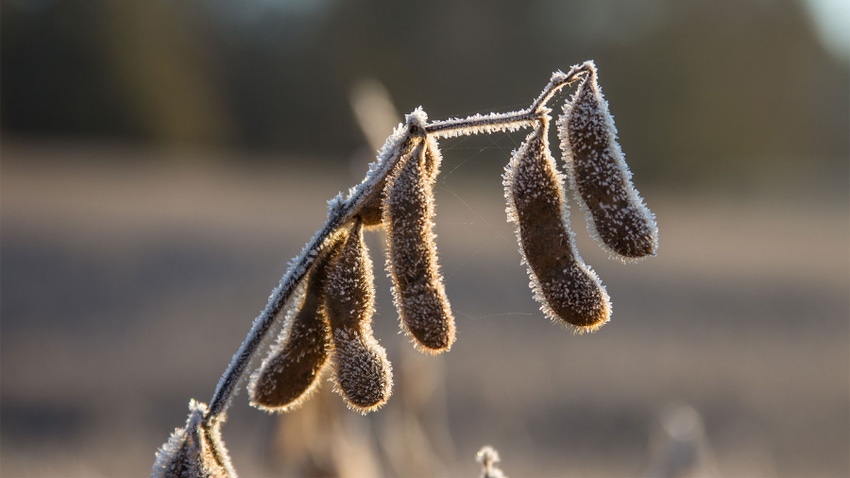August 11, 2023

From an agricultural viewpoint, a frost in late September or early October usually brings an end to the cropping season in Minnesota’s agricultural counties. That characteristic has shifted over time with climate change, as decades ago some season-ending frosts would occur in late August or early September.
From Minnesota long-term climate station records located in the heart of agricultural counties, I find the following earliest frost dates that ended the cropping season.
Crookston (northwestern Minnesota). Aug. 13, 1964
Morris (west-central Minnesota). Aug. 23, 1891
Windom (southwestern Minnesota). Aug. 20, 1950
Rochester (southeastern Minnesota). Aug. 30, 1915
Willmar (central Minnesota). Sept. 3, 1974
A further study of average fall season first frost dates from these long-term climate stations shows a shift to later dates over the past three decades (since 1991). Here are the dates for average first autumn frost from 1991-2022 along with the difference in days from the approximately 100 years of climate data prior to 1991.
Crookston. Sept. 22, four days later than previous records indicate
Morris. Oct. 3, 10 days later than previous records indicate
Windom. Oct. 3, 13 days later than previous records indicate
Rochester. Oct. 5, 12 days later than previous records indicate
Willmar. Oct. 5, nine days later than previous records indicate
These shifts are meaningful in extending the growing season for Minnesota farmers, or at least extending the field-drying season for crops that have already matured. This has been to crop producers’ benefit, especially in seasons with late planting dates.
Cold temperature shift
Another observable shift in climate behavior can be found by examining the all-time cold temperature records for September. These records are getting to be quite old, as fewer and fewer cold temperature records are being set at that time of year in Minnesota. Here all the date for all-time cold temperatures measured in these same agriculture regions of the state.
Crookston. 11 degrees F on Sept. 26, 1893
Morris. 20 degrees on Sept. 22, 1974
Windom. 18 degrees on Sept. 22, 1913
Rochester. 22 degrees on Sept. 28, 1942
Willmar. 19 degrees on Sept. 22, 1974
Since 1991 — a period of 32 years — Willmar, Rochester and Windom have reported a first autumn frost in September only 11 times, meaning that in two years out of three, the cropping season has not ended until sometime in October. It is absolute truth to say that today’s Minnesota farmers are certainly not farming in the same climate that their predecessors did.
More on Minnesota’s weather history is available in my book, the Minnesota Weather Almanac second edition, available at most bookstores or through the Minnesota Historical Society Press.
Seeley is an Extension professor emeritus of meteorology and climatology at the University of Minnesota.
About the Author(s)
You May Also Like




